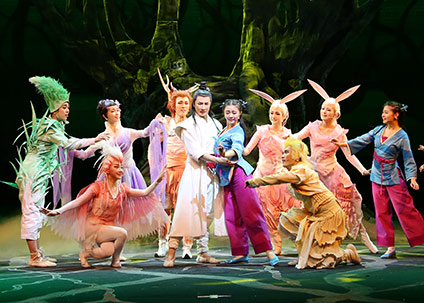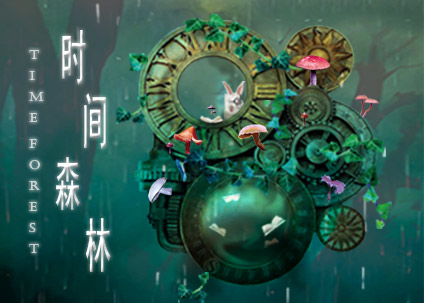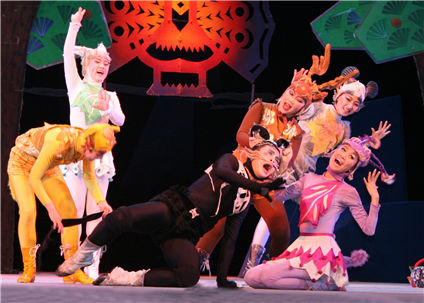From January 30th to February 12th, Three Buddhist Monks, Malan Flower and Time Forest produced by China National Theatre for Children's Drama will hit NCPA.
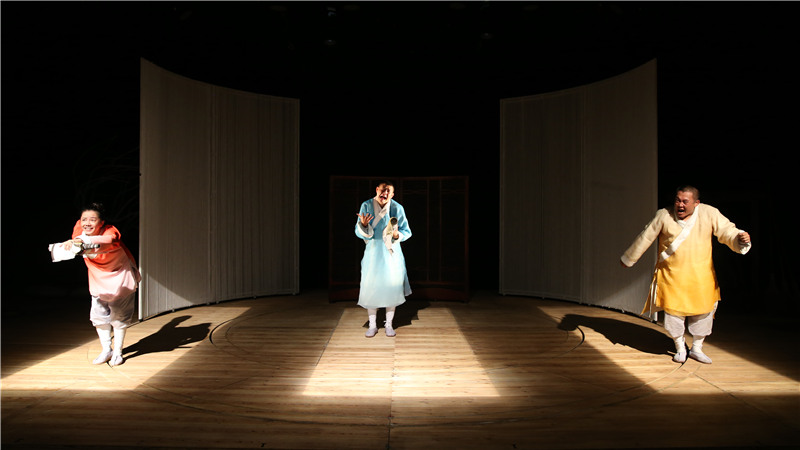 Three Buddhist Monks
Three Buddhist MonksThree Buddhist Monks owes its origin to an old Chinese tale that makes alive the importance of collaboration and cohesion. According to the tale, one monk alone carries water by himself and two work together to achieve this. But when another monk comes, each of the three wants to shirk such duty, so they have no water to drink. Way back in the 1980s, a cartoon film based on this story ever impressed many Chinese audiences. Now a new version of this classic, helmed by MAO Ernan, will tell us how the monks quarrel with each other and finally get enlightened by an old monk, who turns out a newly added character. It’s noteworthy the script is composed by MU Xing, a talented youngster.
Three Buddhist Monks boasts a perfect hybrid of traditional culture and modern dance. Yet kungfu elements and multimedia effects are involved as well.
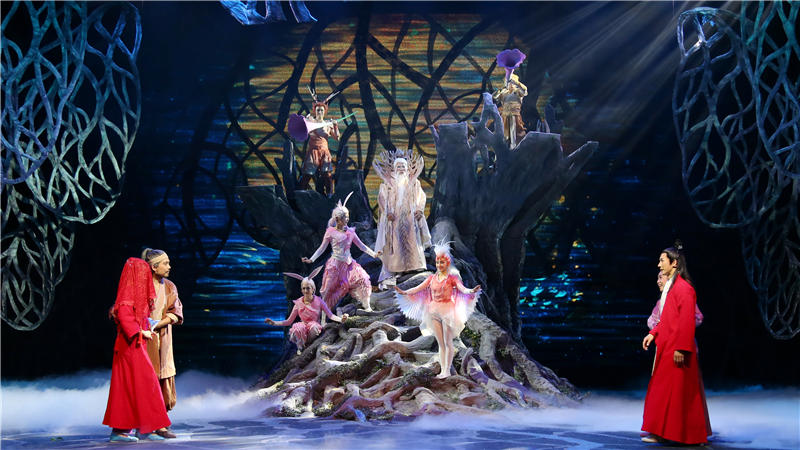 Malan Flower
Malan FlowerFrom Febuary 6th to 8th, Malan Flower will come to NCPA once more. Since its debut in 1956, this children’s drama has become one of the hottest plays. And it even gave birth to other four versions over the course of time.
As the name implies, malan flower blossoms once a year, thus guarding the people with its magic. But an old cat covets it and plans to get it by trick. Then a fierce fight comes along between good and evil. On the stage, the flower unfolds all its fantastic divinity in the lap of a surreal forest where human and goblins live in unison.
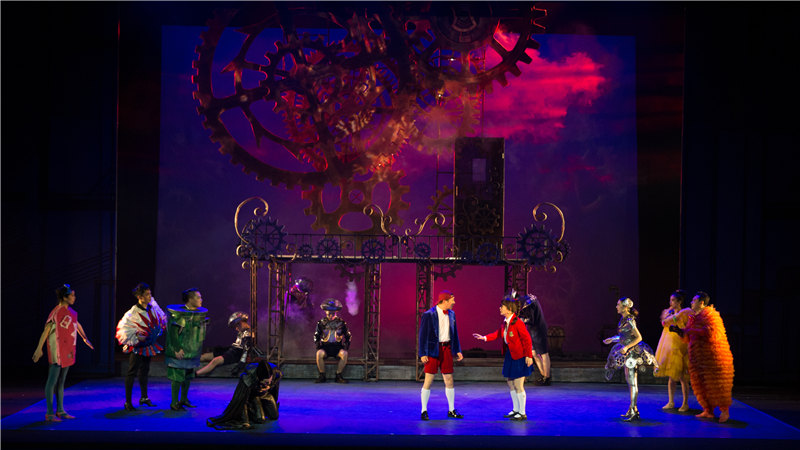 Time Forest
Time ForestIn terms of Time Forest , by depicting the adventure of a twin, this new play creates a kaleidoscopic wonderland where time stops flowing. Such surreal motif, however, inspires us to reflect upon problems that we often ignore in reality, such as the meaning of time for us all.
Indeed, Time Forest is scientific as well as humanistic. Perhaps the stage director JIAO Gang said its gist best, “Time, oh time! That’s what matters to everyone of us. It exists truly everywhere, yet vanishes quickly anywhere.” These words carve out a notion of enigmatic “time.”
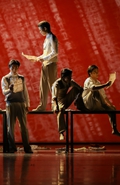 Repertoire
Repertoire
 Films
Films
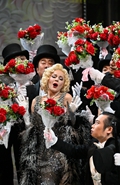 Videos
Videos
 Podcast
Podcast
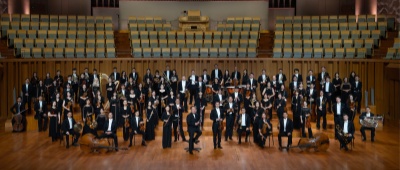 China NCPA Orchestra
China NCPA Orchestra
 China NCPA Chorus
China NCPA Chorus
 NCPA Resident Singers
NCPA Resident Singers
 NCPA Drama Ensemble
NCPA Drama Ensemble
 Buildings
Exhibitions
Buildings
Exhibitions
 Opening Hours
Services
Opening Hours
Services
 Western Cuisine
NCPA Café
Arts Gifts
Western Cuisine
NCPA Café
Arts Gifts














